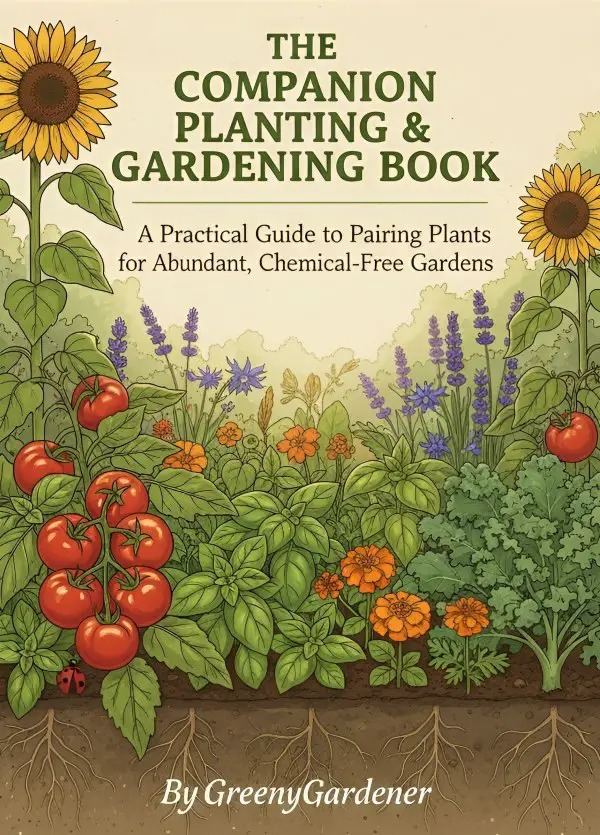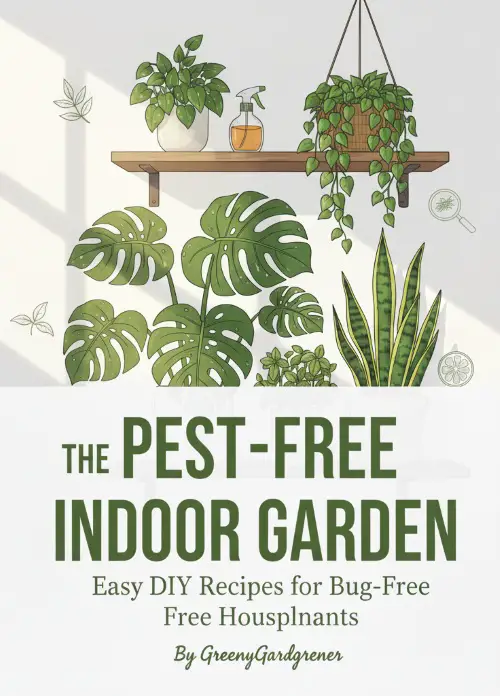Do Hibiscus Grow Well in Pots? A Guide to Thriving Container
Hibiscus plants are admired worldwide for their vibrant blooms and tropical appeal, and they make stunning additions to any garden or indoor space. But can hibiscus grow well in pots? The answer is a resounding yes! Growing hibiscus in containers is not only possible but often preferred, especially in regions with cooler climates where these plants need to be brought indoors.
This article provides a comprehensive guide on how to grow healthy, beautiful hibiscus in pots, covering everything from the right potting soil to optimal watering, fertilization, and care practices to ensure your hibiscus thrives.
What's On the Page
- 1 Why Grow Hibiscus in Pots?
- 2 Choosing the Right Pot for Hibiscus
- 3 Ideal Soil for Potted Hibiscus
- 4 Planting and Repotting Hibiscus in Pots
- 5 Watering Potted Hibiscus
- 6 Fertilizing Hibiscus in Pots
- 7 Light Requirements for Potted Hibiscus
- 8 Temperature and Humidity for Optimal Growth
- 9 Pruning Potted Hibiscus for Health and Shape
- 10 Dealing with Pests on Potted Hibiscus
- 11 Common Questions About Growing Hibiscus in Pots
- 12 Conclusion
Why Grow Hibiscus in Pots?
Growing hibiscus in pots offers a range of benefits. Potted hibiscus plants are easier to control in terms of soil quality, moisture, and light exposure, making them suitable for a variety of environments.
For gardeners in cooler climates, pots allow hibiscus to be moved indoors during winter, protecting them from frost. Additionally, container-grown hibiscus plants are excellent for decorating patios, balconies, and small spaces where planting in the ground isn’t feasible.
Choosing the Right Pot for Hibiscus
1. Pot Size
Select a pot that provides adequate space for root growth. A 12- to 16-inch diameter pot is suitable for young hibiscus, while mature plants may require a larger container, around 18 inches or more. A larger pot not only allows the roots to expand but also retains moisture, which is crucial for the health of the plant.

🌿 The Companion Planting & Gardening Book (eBook)
Bigger harvests, fewer pests — natural pairings & simple layouts. $2.40
Get – $2.40
🪴 The Pest-Free Indoor Garden (eBook)
DIY sprays & soil tips for bug-free houseplants. $1.99
Get – $1.992. Pot Material
Clay or ceramic pots are ideal because they allow for better airflow to the roots, but plastic pots are lighter and easier to move, especially if the hibiscus will need to be brought indoors. Just ensure the pot has drainage holes to prevent water from accumulating at the bottom, which could lead to root rot.
Ideal Soil for Potted Hibiscus
Hibiscus plants require well-draining, nutrient-rich soil with a slightly acidic pH of around 6.5 to 6.8. A high-quality potting mix specifically formulated for hibiscus or flowering plants is recommended.
To improve drainage, consider adding perlite or coarse sand to the soil mix. Avoid heavy garden soils as they can become compacted in pots, restricting root growth and causing waterlogging.
Planting and Repotting Hibiscus in Pots
1. Planting a New Hibiscus
When planting hibiscus in a pot, fill the container with a few inches of potting mix, place the hibiscus plant in the center, and fill around it with soil, leaving about an inch of space below the pot’s rim. This space helps prevent overflow when watering.
2. Repotting Established Hibiscus
Hibiscus plants generally need repotting every 1-2 years to refresh the soil and accommodate root growth. Signs that it’s time to repot include roots growing out of the drainage holes or the plant becoming top-heavy and prone to tipping over. Repot in a slightly larger container and trim back any excessively long roots to encourage healthy growth.
Watering Potted Hibiscus
Hibiscus plants are water-loving and should be kept consistently moist, especially during the growing season. However, avoid letting the soil become waterlogged as this can cause root rot. A good watering routine is to water thoroughly until it runs out of the drainage holes, then allow the top inch of soil to dry before watering again. In hot weather, potted hibiscus may need daily watering, while in cooler seasons, reduce the frequency.
Fertilizing Hibiscus in Pots
1. Choosing the Right Fertilizer
Hibiscus plants are heavy feeders and thrive with regular fertilization. Use a balanced, slow-release fertilizer with an N-P-K ratio of 10-10-10 or a fertilizer specifically designed for hibiscus, which typically has slightly higher nitrogen and potassium levels.
2. Fertilizer Application Schedule
Apply fertilizer every 4-6 weeks during the growing season (spring through early fall). Reduce or stop fertilizing in winter when the plant is dormant to avoid overfeeding, which can stress the plant.
Light Requirements for Potted Hibiscus
Hibiscus plants need plenty of sunlight to produce their iconic blooms. Six to eight hours of direct sunlight is ideal, so place your potted hibiscus in a sunny location, such as a south-facing patio or balcony. For indoor hibiscus, positioning near a bright, sunny window is essential. If adequate natural light isn’t available indoors, consider using a grow light to supplement.
Temperature and Humidity for Optimal Growth
1. Temperature
Tropical hibiscus thrive in temperatures between 60-90°F (15-32°C). They cannot tolerate frost, so if you live in a colder region, bring your potted hibiscus indoors when temperatures drop below 50°F (10°C).
2. Humidity
Hibiscus plants prefer high humidity. Indoor plants may benefit from a humidity tray or regular misting to replicate the moist conditions they enjoy outdoors. Avoid placing hibiscus near heating vents, as this can dry out the air around the plant.
Pruning Potted Hibiscus for Health and Shape
Regular pruning encourages a bushier, more compact shape and promotes more blooms. Prune hibiscus in early spring before the growing season begins, cutting back long, spindly stems to just above a node (where a leaf attaches to the stem). Remove any dead or damaged branches throughout the year to keep the plant healthy.
Dealing with Pests on Potted Hibiscus
Common pests affecting hibiscus include aphids, spider mites, and whiteflies. Regularly inspect your plant, especially the undersides of leaves, for signs of pests. If pests are detected, treat the plant with insecticidal soap or neem oil, applying thoroughly to ensure coverage. Keeping the plant stress-free with proper care is the best way to prevent infestations.
Common Questions About Growing Hibiscus in Pots
1. Can Hibiscus Survive Winter in Pots?
Yes, potted hibiscus can survive winter indoors if given adequate light and humidity. It’s best to trim the plant back slightly before bringing it inside and reduce watering and feeding until spring.
2. How Often Should I Water Indoor Potted Hibiscus?
Indoor hibiscus usually require less frequent watering than outdoor plants. Water when the top inch of soil is dry, adjusting for indoor heating, which may dry the soil more quickly.
3. How Do I Encourage More Blooms?
To encourage blooming, provide at least six hours of sunlight, fertilize regularly during the growing season, and prune to remove spent flowers and encourage new growth.
Conclusion
Growing hibiscus in pots is a fantastic option for gardeners of all skill levels, offering versatility and portability. With the right container, soil, and care, your potted hibiscus can thrive and produce stunning blooms for many seasons.
Whether indoors or outdoors, potted hibiscus can bring a touch of the tropics to your space, creating a beautiful focal point that’s easy to manage and maintain.
- Black Annual Flowers: A Complete Guide To Creating Moody, Dramatic - December 7, 2025
- Blue And Purple Flowers: Your Complete Guide To Planting A Serene - December 7, 2025
- Brown And Red Flowers – Unlocking A Bold And Sophisticated Garden - December 7, 2025
